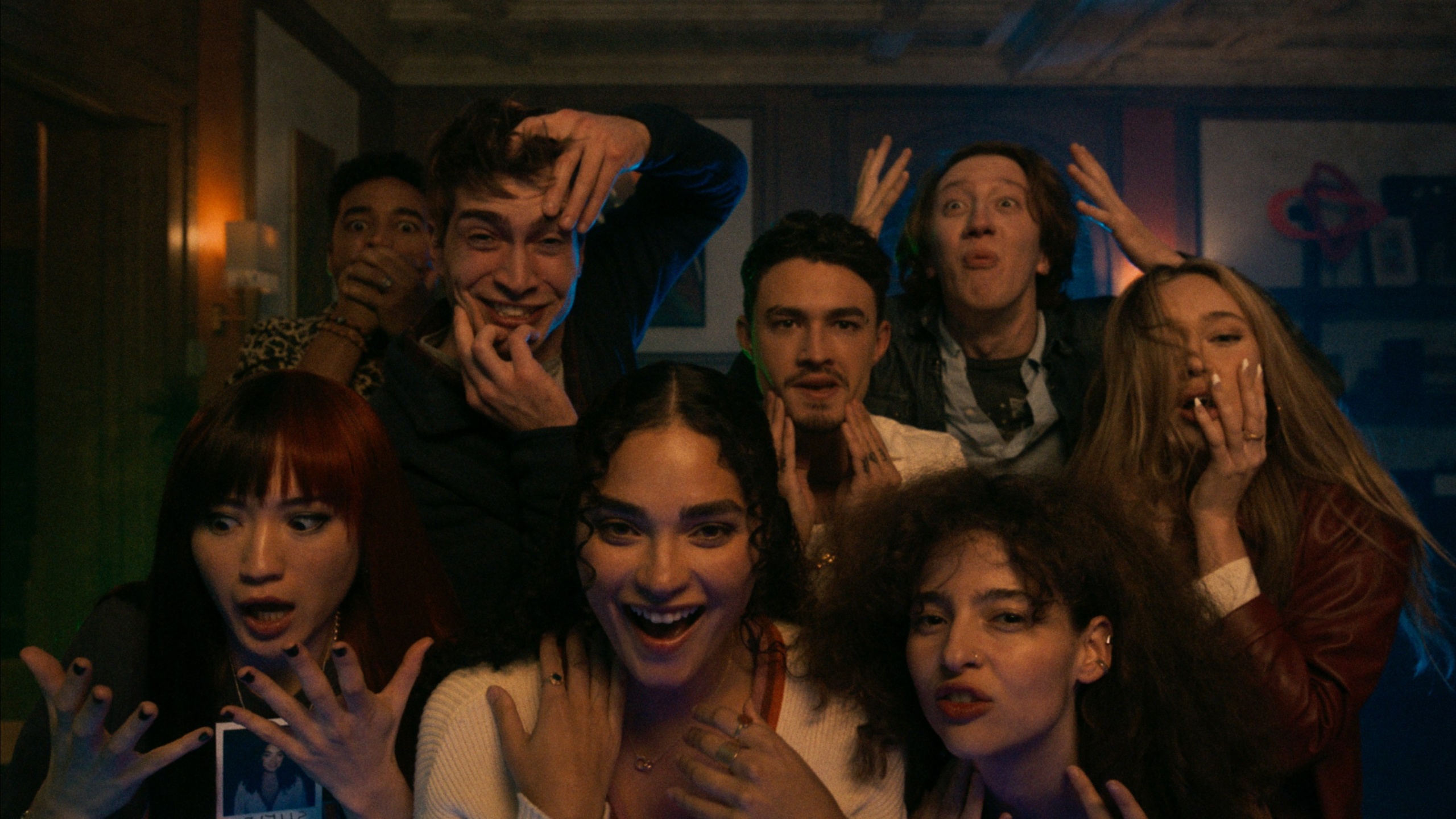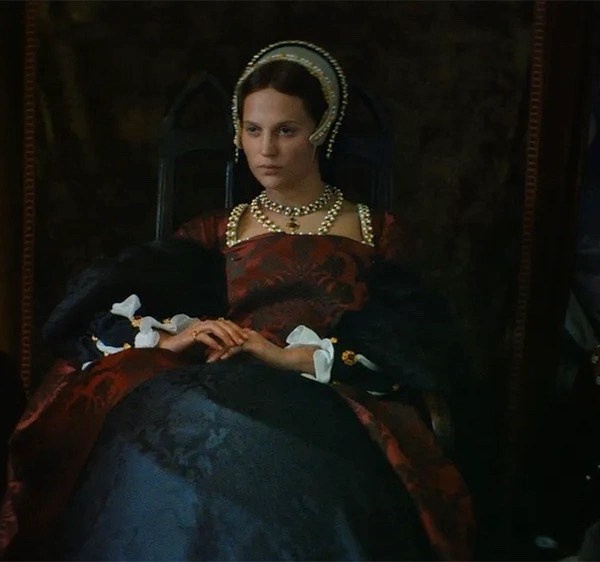When writer, director, and editor Greg Jardin began working on “It’s What’s Inside,” his expectations were modest. “I’d been trying to make a film for 10 years and was unsuccessful because my other projects were too large,” he told IndieWire. “I wrote ‘It’s What’s Inside‘ as a low-budget, one-location thing really just as a means to make a movie. I was hoping that someone would buy it and it would break even.”
“It’s What’s Inside” did a lot more than break even, selling to Netflix for a reported $17 million after a triumphant screening at the 2024 Sundance Film Festival. It’s easy to see why Jardin’s film connected with audiences as well as buyers; its story of old friends (and enemies) who reunite for a wedding and find their lives thrown into chaos by a machine that allows them to switch bodies is a wild and hilarious ride that veers deftly between sharp observational comedy and satire, deliriously inventive sci-fi, and unsettling horror.
“Initially I was pitching it as ‘The Big Chill’ meets ‘Freaky Friday’ by way of ‘Black Mirror,’” Jardin told IndieWire, though he noted that the script’s unusual tone evolved throughout the writing process. “When I initially came up with the idea, I saw it as a straight-up sci-fi comedy. And then as I was really working through it, I started writing to the score for the movie ‘The Double’ by composer Andrew Hewitt. That score has an eerie and suspenseful Hitchcockian quality, and just from listening to that I thought, maybe I can lean into a darker vibe but still be funny.”
That led to an idea for the visual style of the film, which was to light it like a horror movie even in places where it wasn’t exactly realistic. Using Dario Argento’s “Suspiria” as a reference point, Jardin and cinematographer Kevin Fletcher decided to give the lighting an expressionistic, heightened quality. “When I was a kid, ‘Suspiria’ really opened up my mind to how movies could look,” Jardin said. “We pulled a lot from that and embraced the idea of emotionally motivated lighting. Like, one of the key lights outside is green, which doesn’t make logical sense but it creates a certain kind of feeling.”

Jardin was able to lock down the unusual mix of tones early on thanks to the composer who inspired him in the first place. “We ended up reaching out to Andrew Hewitt, and he did the score for this film,” Jardin said. Not only did Hewitt compose the score, he wrote the music in advance based on the script. “We had all that score during our rehearsal week, and even when we were shooting takes I would play it on set. It was immensely helpful.”
Also helpful was the fact that Jardin served as his own editor. “I have a background doing short-form stuff where you get a fairly short amount of time to execute an idea,” he said. “Being my own editor has really helped me understand how to shoot stuff with the edit in mind, knowing where everything is going to go as opposed to a more traditional approach of shooting a bunch of coverage and figuring it out later.”
Jardin’s careful pre-planning not only made things easier for him on set but also created a more pleasurable viewing experience for the audience. “It’s What’s Inside” exhibits a sense of directorial control that the viewer feels subliminally, and the impeccable timing of Jardin’s De Palma-esque split screens, elaborately choreographed long takes, and overlapping ensemble dialogue have a lot to do with the movie’s overall impact. Jardin was particularly focused on techniques that could increase the movie’s sense of anxiety and unease.
“I wanted to give the experience of going to a party where you haven’t seen everybody in a while,” Jardin said. “There are little things like people talking over one another, music coming from another room, that you’re more sensitive to if you’re an anxious person.” One particularly effective device is Jardin’s habit of cutting off scenes in the middle of lines of dialogue. “After you see that once or twice, it inherently puts you on edge, because you’re not sure when the scene is going to end. Hopefully, it makes you more anxious as a viewer in a fun way, not an ‘I’m going to need therapy’ kind of way.”
Although “It’s What’s Inside” is designed to put the audience on edge, it’s not supposed to be confusing, and one of the most impressive aspects of Jardin’s filmmaking is the way that it keeps all the characters and relationships clear even when people are occupying each other’s bodies. One of the ways Jardin pulls this off is a motif in which he shifts to red lighting in certain scenes to signal to the audience that we’re looking at who’s really in the body on screen and not who they’re currently inhabiting. It’s an approach that took a bit of trial and error to get right.
“We had two test screenings, and I found those extremely helpful in terms not only of seeing which parts were dragging, but seeing which bits were unclear,” Jardin said. “As a result of those screenings, we went back and did some pickup shoots with all the red light stuff, particularly during the movie’s last 10 minutes. I thought it was clear who everyone was, but clearly it wasn’t.”
“It’s What’s Inside” begins streaming on Netflix on Friday, October 4.



